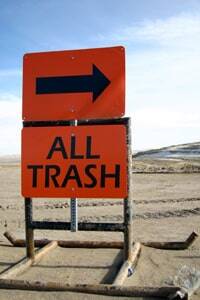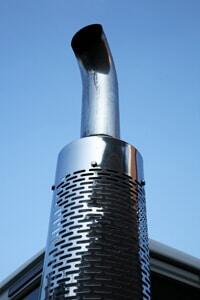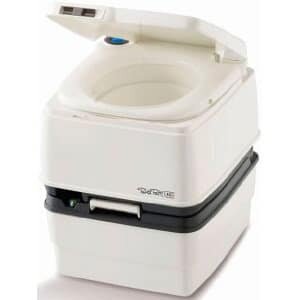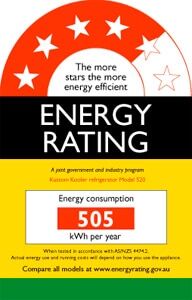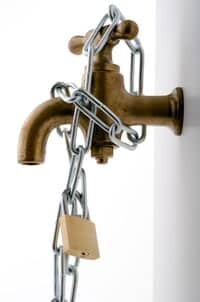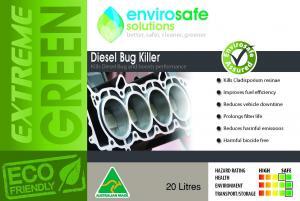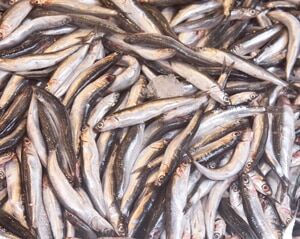 Overfishing of small ‘forage’ fish including sardines, krill and anchovies are threatening larger ocean predators. New research has recommended reduced catches of these species – an important food source for larger fish and marine life – to ensure fisheries remain environmentally sustainable.
Overfishing of small ‘forage’ fish including sardines, krill and anchovies are threatening larger ocean predators. New research has recommended reduced catches of these species – an important food source for larger fish and marine life – to ensure fisheries remain environmentally sustainable.
Large fish, marine and bird life are finding their food supplies running short.
Fishing of small, forage stocks has had significant effects on larger, predatory species according to a report published in the journal Science.
The report, by the CSIRO’s Dr Tony Smith, drew on international research from Australia, the US, UK, South Africa, France and Peru.
“Forage species such as anchovy, sardine, herring, mackerel and krill often are the main food source for larger predatory fish, marine mammals and seabirds,” Dr Smith said.
“They account for more than 30 per cent of global fisheries production for use directly as human food and indirectly in livestock feeds and demand is rising.”
Dr Smith said some ecological groups had declined by more than 60 per cent due to the effects of forage fishing at current levels.
“The modelling showed that halving fishing rates for the high-impact species would greatly reduce the impact on ecosystems, while still achieving 80 per cent of the maximum sustainable yield.”
The Marine Stewardship Council (which helped fund the research) is revising its guidelines on forage fishing as a result of the study.
Creating a sustainable industry
Sustainable fisheries management is critical for long-term global food security.
Extending the green revolution beyond land involves limiting catch-sizes and closing off sensitive marine areas. Marine reserves are being developed across Australia, with community and industry consultations taking place in Western Australia earlier this year.
Environmental marine products play an important role in sustainable fishing. Eco-friendly industrial liquids (such as the Extreme Green range developed by Perth-based Envirosafe Solutions) reduce the use toxic chemicals at marinas and fishing ports.
The Extreme Green Marine Glass Cleaner was designed and approved for the Australian Navy – it uses a biodegradable formula to remove salt residue from ship glass (or any surface affected by salt spray) and is an effective alternative to traditional chemical cleaners.
Other environmental cleaning products are available to reduce the environmental impact of the fishing and marine industry.
Keeping our oceans healthy
Environment Minister Tony Bourke said Australia had the world’s third largest marine environment to protect.
“We know that Australians need their oceans to be healthy if they are going to keep providing us with fish to eat, a place to fish, provide sustainable tourism opportunities and a place for families to enjoy.
“That’s why (we) are working with communities to establish a network of marine reserves to drive a sustainable future for our marine environment; to ensure our oceans stay healthy and continue to sustain fish stocks.”
Depleting forage fish stocks has created a food shortage for fish, marine and bird species in some ocean areas. Measures to improve fishing sustainability and reduce impacts on the marine environment are critical. For more information eco-friendly liquid marine products contact Envirosafe Solutions on 1300 88 90 70 or email info@evss.com.au.
Sources:
http://www.csiro.au/news/Sustaining-forage-fishing.html
http://www.environment.gov.au/minister/burke/2011/mr20110328a.html








